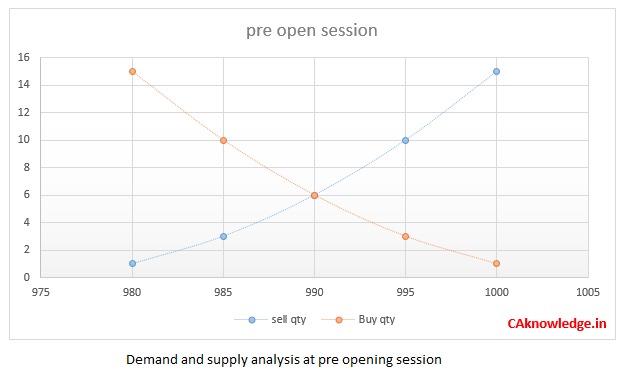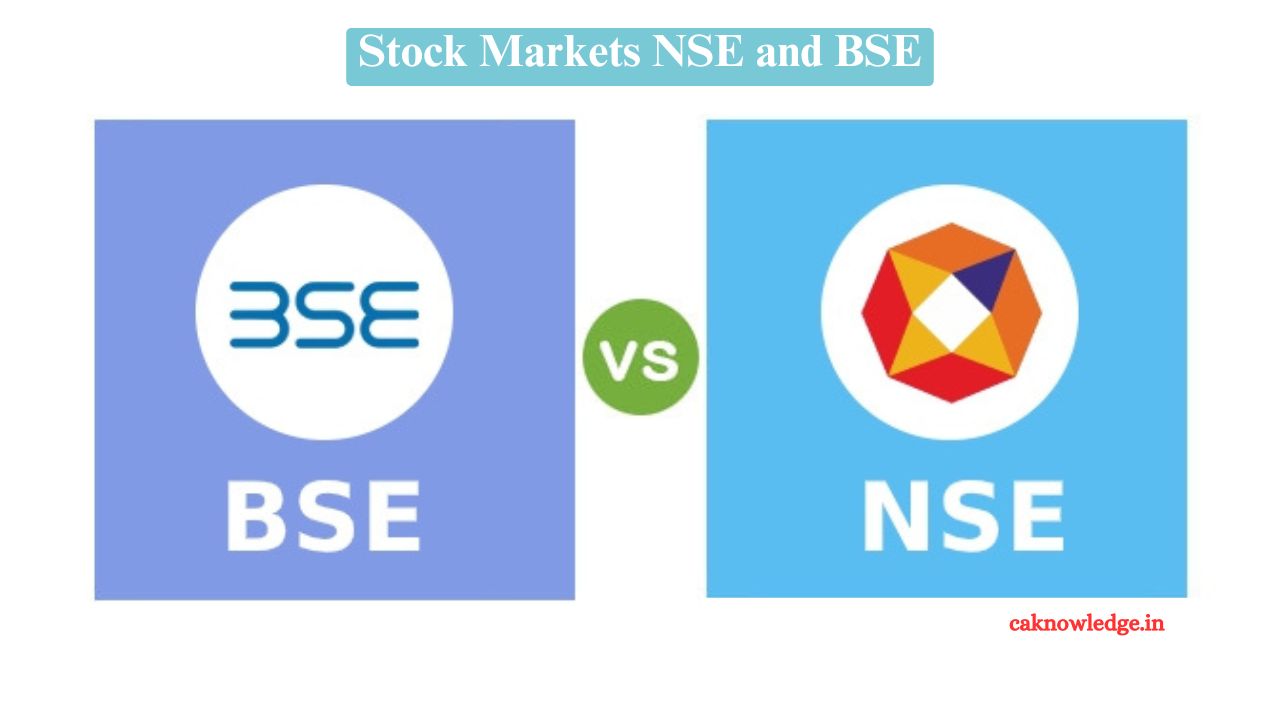Pre-Open Session of Stock Market NSE and BSE. Any stock market in the world is very volatile at the beginning of the day. Many initiatives are taken by the regulatory bodies of these stock exchanges around the world. Pre-open session is one such practice. It is regularly used when discussing about the stock market in the early morning trading hours. Let us know about this pre-open session at a glance.
Check out – Indian Banking System.
Quick Links
Pre-Open Session of Stock Market NSE and BSE

1. Pre-Open Session:
Before knowing what is pre-open session, we must be aware of the term “call auction”. Call auction enables the placing of buy orders and sell orders continuously until the end of the order entry period. It is a mechanism designed to obtain the market opening price and traded volume which is derived based on the total supply and demand of the underlying stock.
Pre-open session is a time when call auctions are placed until the market starts. The main purpose of this session is to arrive at the ideal opening price of a stock for the current day’s trading session. There is usually a lot of volatility in the market at the start of trading in the early morning. To avoid the effect of this volatility, the pre-open session was brought into practice.
Check out – Details about Small Finance Banks.
2. Timing of Pre-Open Session
| Orders are executed and the price will discovered | Session’s task | |
| 9:00 AM – 9:08 AM | Period for “Order entry” | Orders are placed and can be modified within this time. |
| 9:08 AM – 9.12 AM | Period for “matching the Orders” | Acts as a transition period for switching into a normal trading session. |
| 9:12 Am – 9:15 AM | Buffer period | Acts as a transition period for switching into normal trading session. |
At 9:15 AM normal trading will be started and continuously be operative till the day’s trading ends at 3:30 PM.
3. Mismatched Orders:
During the order matching period, all orders that match the same requirements will be executed and form part of the price discovery (opening) process for the day. It is common that some orders will not match and cannot be executed by the system during this period. These types of mismatched orders will be carried forward to the normal trading session at the previous day’s closing price.
4. At what price will orders placed during the pre-open session be executed?
Before knowing about price we will see what types of orders can be placed in the market, in which price and volume are the main aspects. There are mainly 2 types of orders.
A. Market Orders :
Orders placed by participants that do not have a pre-determined price for execution. These are executed based on the best available price. Such unmatched orders are carried forward to the normal trading session at the opening price.
B. Limit Orders :
These are orders where participants specify the price and quantity to buy or sell. Limit orders that are unmatched during the pre-open session will be carried forward to the normal trading session at the same price.
Must Read – Jana Bank Saving Account.
5. How the opening price is determined:
The system automatically arrives at an equilibrium price for each stock concerning which orders are matched. The price at which the maximum number of scrips can be traded based on the demand and supply volume is determined and the price is marked as the equilibrium price. This is called the price discovered for the start of the day’s trading of a particular stock.
Let’s see an example of an order book of a particular share as follows:
| Buy price | Buy quantity | Sell price | Sell quantity |
| ₹ 1000 | 1 | ₹ 1000 | 5 |
| ₹ 995 | 2 | ₹ 995 | 4 |
| ₹ 990 | 3 | ₹ 990 | 3 |
| ₹ 985 | 4 | ₹ 985 | 2 |
| ₹ 980 | 5 | ₹ 980 | 1 |
The automated systems of the stock exchange platforms will calculate the cumulative quantity that can be traded at each point as follows:
| At a price of | Cumulative qty (Buy) | Cumulative qty (Sell) | Maximum tradable quantity |
| 1000 | 1 | 15 | 1 |
| 995 | 3 | 10 | 3 |
| 990 | 6 | 6 | 6 |
| 985 | 10 | 3 | 3 |
| 980 | 15 | 1 | 1 |
In the above example, the first table has the details of the price and quantity of various orders (limit orders) placed in the market. The second table has the cumulative number of shares based on the information given in the first table.
Also, check – How to open a Savings Bank Account.
- At a price of ₹ 1000, the trader wants to buy 1 share
- At ₹ 995 the trader wants to buy 2 shares
- This continues till the price of ₹ 980 where the order maker wants to hold 5 shares.
- In the sell order data at a price of ₹ 1000, he wants to sell 5 shares
- At a price of ₹ 995, he will sell 4 quantity
- This continues till ₹ 980 where he can sell only 1 share.
Cumulative Analysis:
- At a price of ₹ 1000 maximum of 1 share can be bought and 15 shares can be sold i.e. demand is 1 and supply is 15.
- At a price of ₹ 995, a maximum of 3 shares can be bought and 10 shares can be sold i.e. demand is 3 and supply is 10.
- At a price of ₹ 990 a maximum of 6 shares can be bought and 6 shares can be sold i.e. demand is 6 and supply is 6.
- At a price of ₹ 985 a maximum of 10 shares can be bought and 3 shares can be sold i.e. demand is 10 and supply is 3.
- At a price of ₹ 980, a maximum of 15 shares can be bought and 1 share can be sold i.e. demand is 15 and supply is 1.
Graphical Representation:
If we give a graphical chart to the data presented in 1st table it looks as follows:
Here if you look closely at the price of ₹990 then demand = supply. So this is the price that can be taken as the equilibrium. So this will be used as the opening price for the day. The point of intersection of both curves is the equilibrium point.
Recommend articles:


